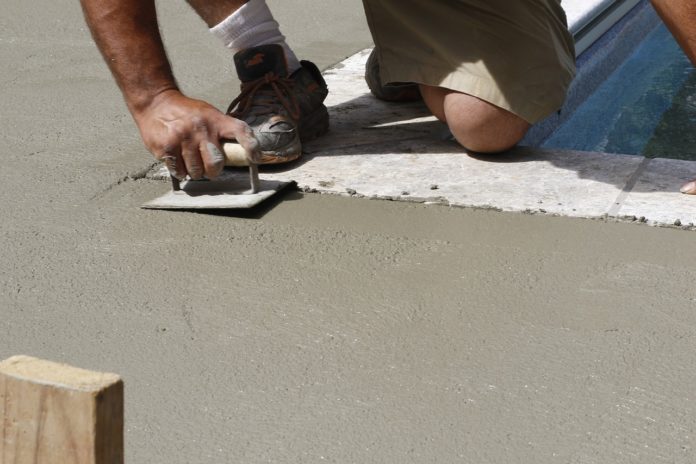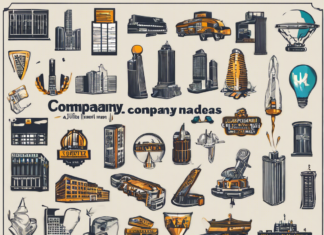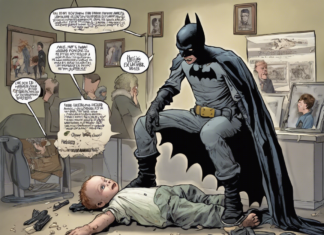Bare concrete finish is the latest trend in contemporary homes, offices, dining establishments, and many other places. Whether in walls, floors, or even seats and tables, concrete gives rooms an industrialized and minimal look that everyone is going for these days. However, to achieve this sophisticated feature in a space, concrete must be cured in a particular way.
Concreting Tools and polishing methods are needed to create a flat, smooth, and glossy shine. Since the concrete won’t be covered in wall panels or flooring materials (e.g. tiles and carpets), every dent and the uneven surface will be obvious. For a smooth concrete finish, contractors will employ trowelling and polishing processes using specialized tools in different curing stages.
Levelling the concrete
Bare concrete finish must be as even as possible. The only exception will be if uneven surfaces are part of the architect’s artistic vision. Otherwise, one must level the concrete once it has been poured. The screed board and the darby are the two most common tools for this purpose.
A screed or screed board is a flat strip made of wood or aluminium used to draw over wet concrete. A darby is a flat plate with two handles and is used for larger coverage. When the screed pushes across the concrete surface, it helps fill large gaps and remove excess concrete. The darby can be used afterwards to smoothen the surface.
Floating the concrete
Using a screed and derby evens out the concrete, but there remains a few rough surfaces. After the water bleeds off from levelling, one can now proceed to float. Floating helps to further smooth out imperfections and prepare the concrete for the next finishing steps. Floating concrete can be done by hand or employing a machine.
Magnesium hand floats and larger bull floats are flat boards with long handles. The flat surface is pulled over the concrete to remove high or low spots and fill small gaps more precisely. The National Ready Mixed Concrete Association also advises using floats as much as possible to prevent premature sealing of the concrete. Mechanical or machine floats can also be used, but make sure the concrete is firm enough to carry it.
Troweling the concrete
Concreting Tools like a float trowel, finishing trowels, concrete edgers, or concrete jointers can be used in this stage of the finishing process. Finishing trowels have a flat steel surface to smooth out the concrete. It should be swept repeatedly with increasing pressure but careful enough not to tilt it in the process.
Edging is a smaller hand trowel with a tapered edge used to break away the concrete from its form board. It tapers the perimeter and gives concrete surfaces a professional look. Jointers are used to control cracks, which is a natural occurrence for all concrete works. The hand tool creates a straight and shallow indentation, so if cracking occurs, it will happen at these joints and not at the centre.
Polishing the concrete
Once the concrete has dried, contractors can now polish the surface to achieve a nice shine. Polishing concrete uses different grinding tools depending on the desired level of shine. Finer abrasives with higher grit create the smoothest finish, and these are usually between 800-3000 grit.
Mechanical polish is a popular method to use these days, especially since it doesn’t require any harmful solvents or chemicals. It relies on the concrete itself for a smooth and reflective finish. This means that the sheen and quality is intrinsic and won’t require frequent re-polishing.









